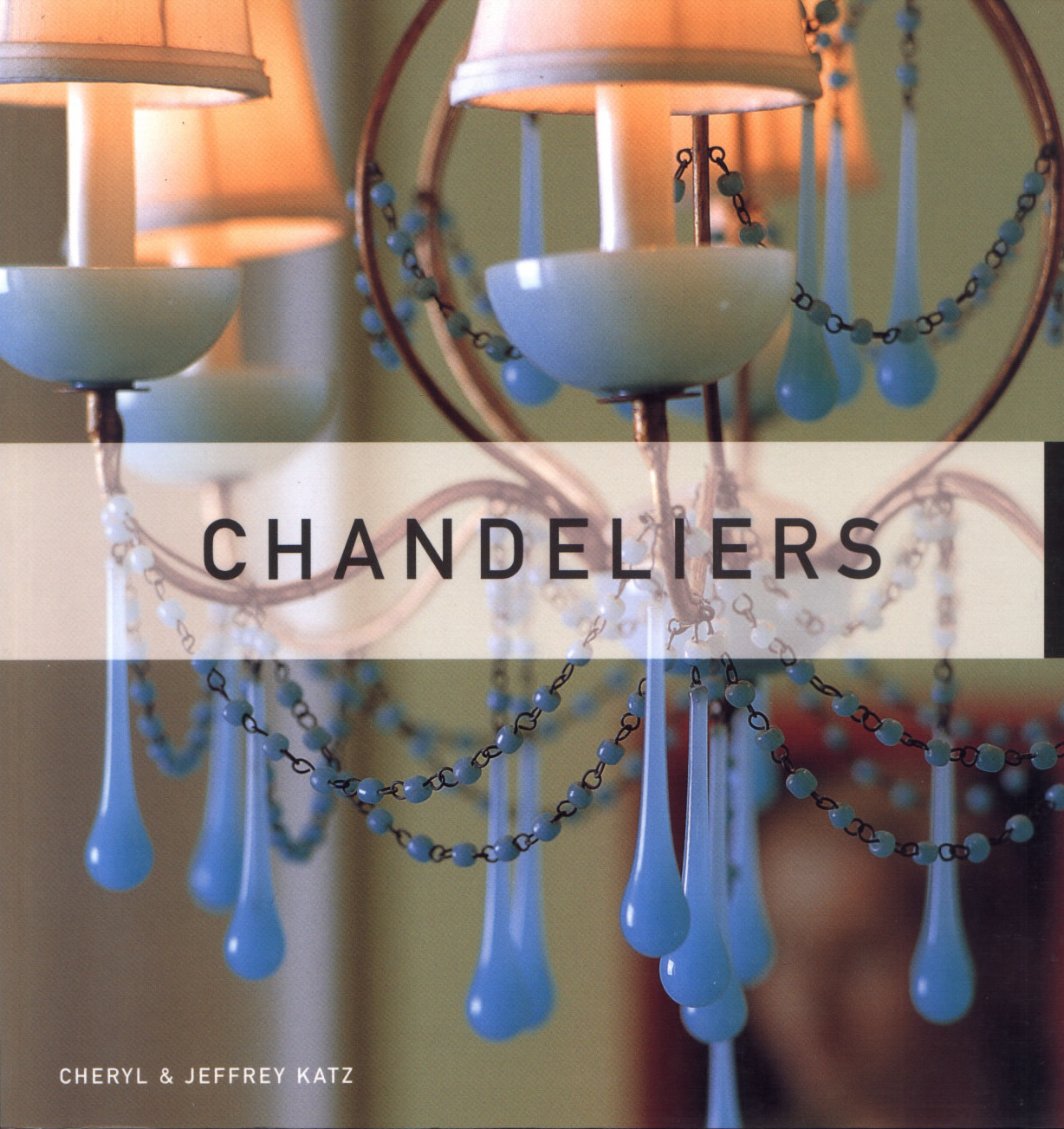
From the Introduction
“When we renovated our small townhouse in Boston in the late 1980’s, we designed it so that we lived in the top three floors. The ground and first floors were combined to create a separate apartment. The main living space of the apartment—half a level above the street—consisted of one large room, about 15 X 25 feet, with 5 tall windows, whitewashed wood floors, and a simple kitchen tucked into one corner. Upstairs, in our living space, we had designed a perfectly minimal modern kitchen with state of the art appliances manufactured by obscure companies. Everything was flush, even the cabinet pulls. Other than the green slate floor, everything was white. What we lacked in space, we tried to make up for in design. For the two of us, this was the perfect chef’s kitchen: easy to maneuver in, plenty of counter space, efficient layout—even if the whole kitchen was 9 X 9.
Next to the small kitchen was a small dining room, and in it, one of our prized possessions—a 1920’s chandelier with Murano glass turquoise drops. You would think we would have understand the power of light—given the number of magical meals we had under its glow—but we thought of the chandelier merely as a decorative object..."
Chandeliers
Rockport Publishers
2001